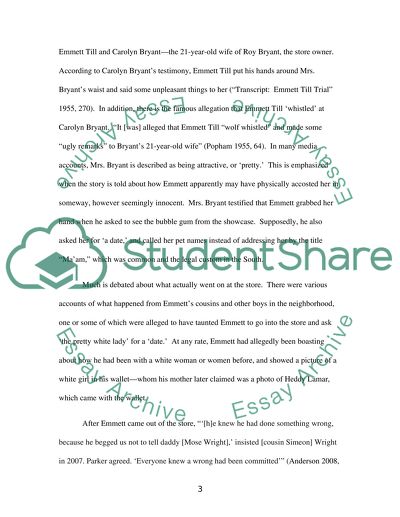Cite this document
(“What really happened in the Bryant Grocery and Meat Market between Essay”, n.d.)
Retrieved from https://studentshare.org/history/1431317-what-really-happened-in-the-bryant-grocery-and
Retrieved from https://studentshare.org/history/1431317-what-really-happened-in-the-bryant-grocery-and
(What Really Happened in the Bryant Grocery and Meat Market Between Essay)
https://studentshare.org/history/1431317-what-really-happened-in-the-bryant-grocery-and.
https://studentshare.org/history/1431317-what-really-happened-in-the-bryant-grocery-and.
“What Really Happened in the Bryant Grocery and Meat Market Between Essay”, n.d. https://studentshare.org/history/1431317-what-really-happened-in-the-bryant-grocery-and.


